An important part of designing a tapestry garden is to sketch up the concept. This allows you to see how the garden will flow and picks up the key features you want to highlight.
What is a tapestry garden
A lovely example of a tapestry garden in the US is that represented in this book, by Marietta and Ernie O’Byrne, called a Tapestry Garden. The book is subtitled, the Art of Weaving Plants and Place’, which is a great description of what a tapestry garden with Australian native plants can be.
The University of Melbourne has experimented with such a garden, called a Woody Meadow. This is described as ‘Naturalistic plantings of Australian shrubs to improve the appearance and function of low maintenance landscapes’, and the site includes suggestions of plants suitable. Many of our beautiful native gardens in Australia have strong elements of a ‘tapestry’.
Start with a sketch
The best place to start designing a tapestry garden (and most gardens) is with a sketch or bubble diagram. These allow you to work with general areas and shapes. At this stage, you don’t need to know any details – you are simply working with concepts!
The sketch below was developed in discussion with the North East Victoria Group of the Australian Plants Society Victoria for a site of interest.

Site location for the tapestry garden
The site we chose was viewed from a new strawbale house set into a steep slope of the Warby Ranges. The setting offered an opportunity to use the pattern of contrasting foliage, with flower colour being a seasonal bonus.
Style of the tapestry garden
A country garden of Australian plants would not be the place for a strictly geometric design. Instead, the idea is to arrange a pattern of irregular shapes partly outlined with densely planted tufting species or climate-friendly low hedges. An alternative for low maintenance might be to use curving strips of crazy paving set into mulch or gravel.
Gravel paths which guide rainfall into the garden surround the entire area. At ground level a low mound would be placed inside the space and surrounded by the tapestry/mosaic patches.
Ideas for the mounded centre:
- Use the granite boulders to be found on site as an outcrop surrounded by rounded shrubs replicating the rocks
- For height, a weathered log or several Gymea lilies (Doryanthes excelsa) rise above a mass planting of a single shrub species e.g. Acacia ‘Green Mist’.
- A ‘sea’ of waving grass – perhaps 2 species or 2 forms eg. Poa labillardieri or Themeda triandra
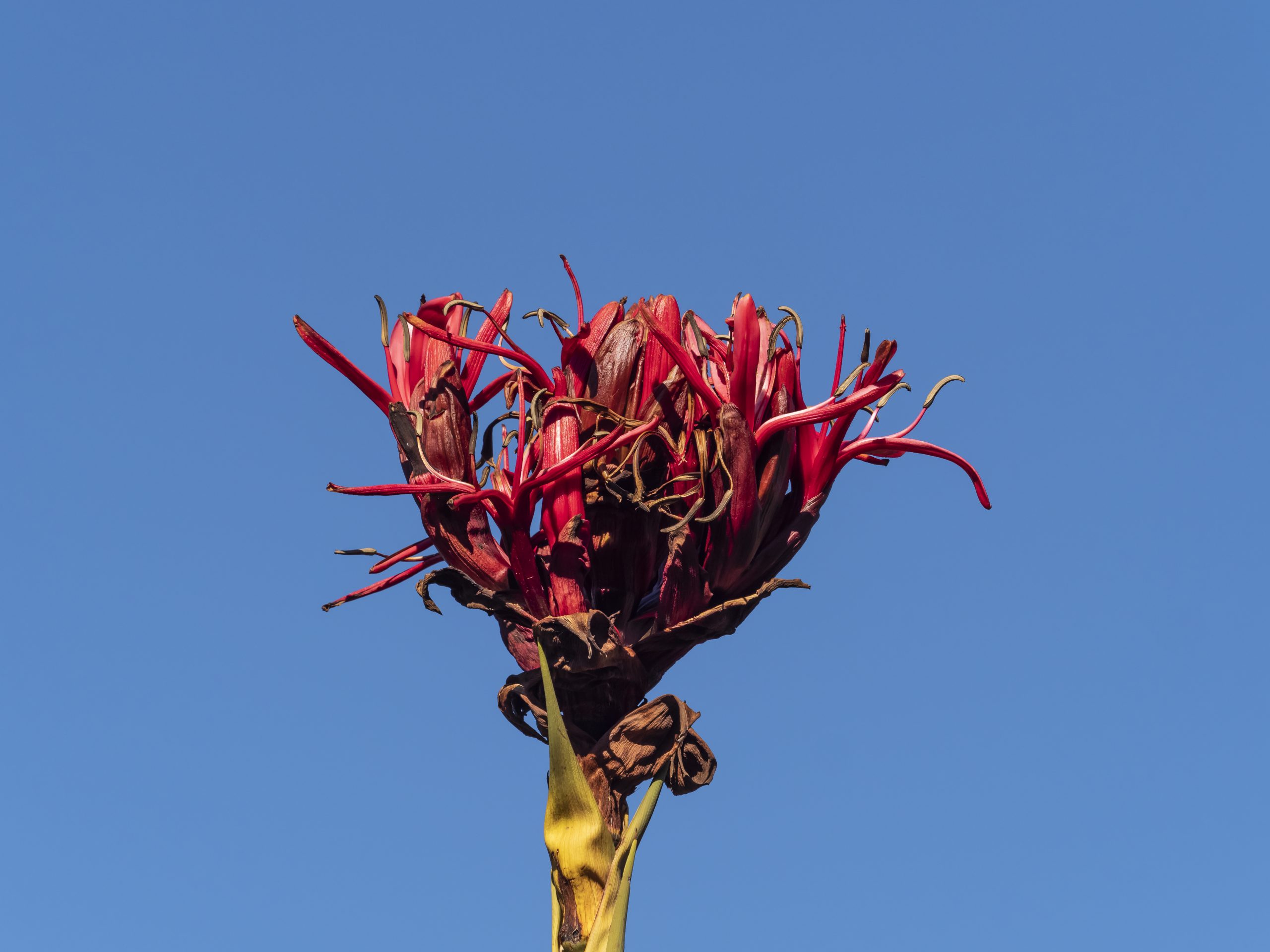

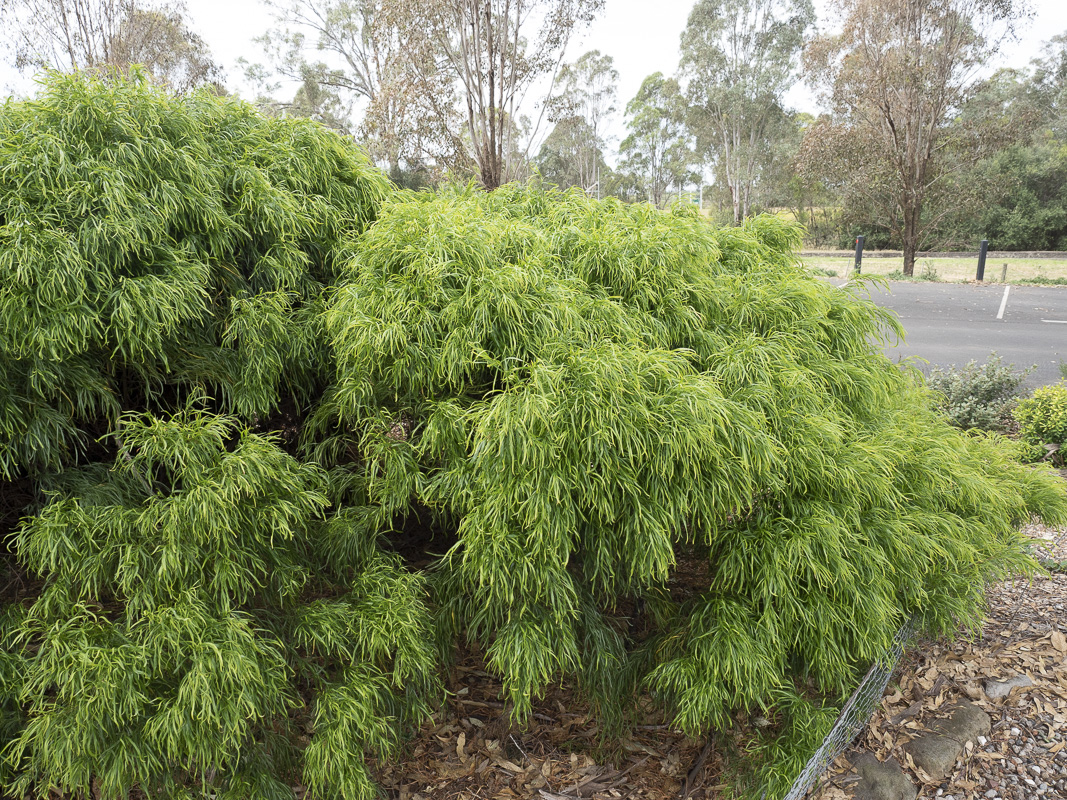
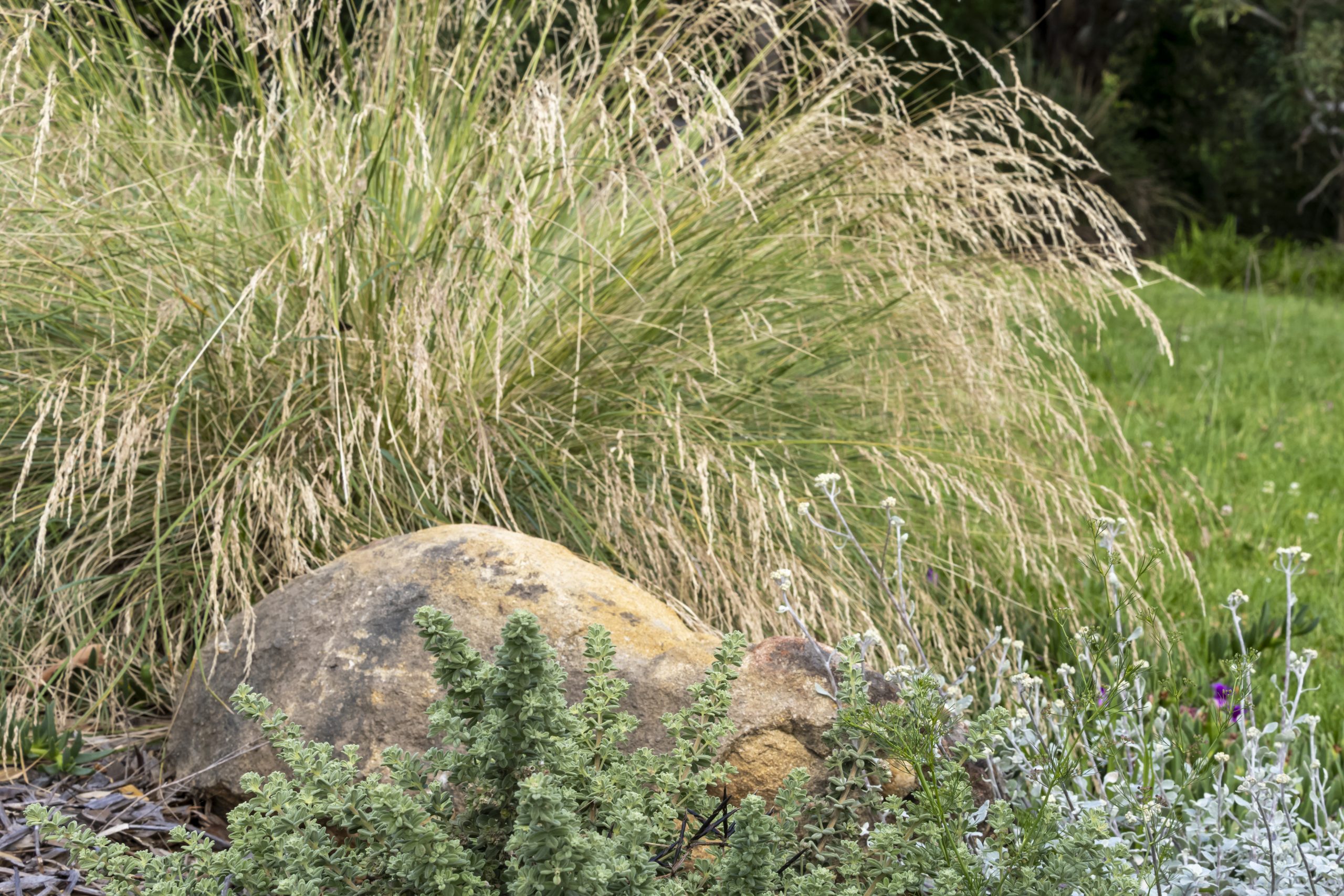
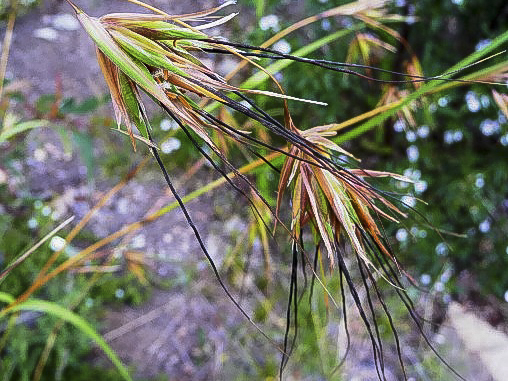
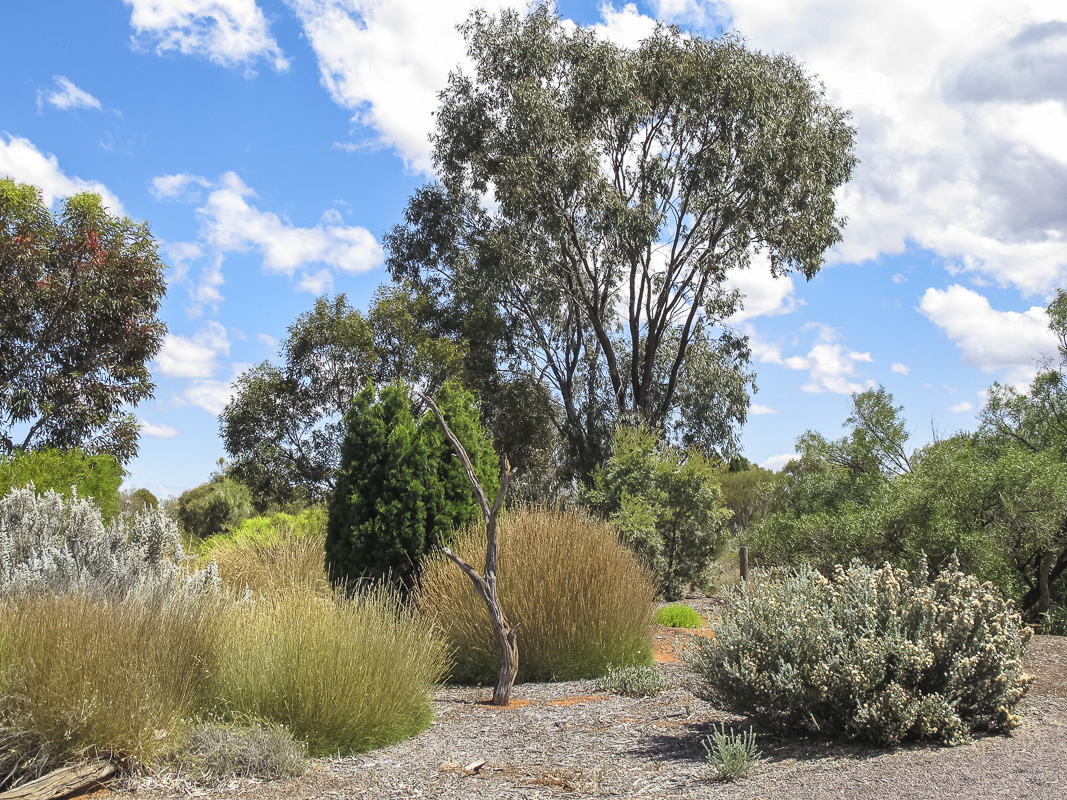
Selecting plants for a tapestry design
Plants to fill the tapestry are drought and frost tolerant species:.
- Acacia cliftoniana, also known as Acacia congesta
- Acacia genistifolia (spreading wattle) prostrate
- Acacia lasiocarpa
- Acacia maxwellii ‘Prostrate Form’
- Acacia pravissima (Ovens wattle) prostrate – eg. ‘Bushwalk Baby’
- Chrysocephalum apiculatum (common everlasting) – particularly the low matting form
- Enchylaena tomentosa (ruby salt-bush)
- Eremophila glabra (common emu-bush) – mat form, green or grey foliage
- Eremophila glabra ‘Kalbarri Carpet’
- Eremophila subteretifolia – dense, mid-green foliage
- Myoporum parvifolium (creeping myoporum) – dark green, semi-erect form
- Rhagodia spinescens (hedge saltbush) prostrate


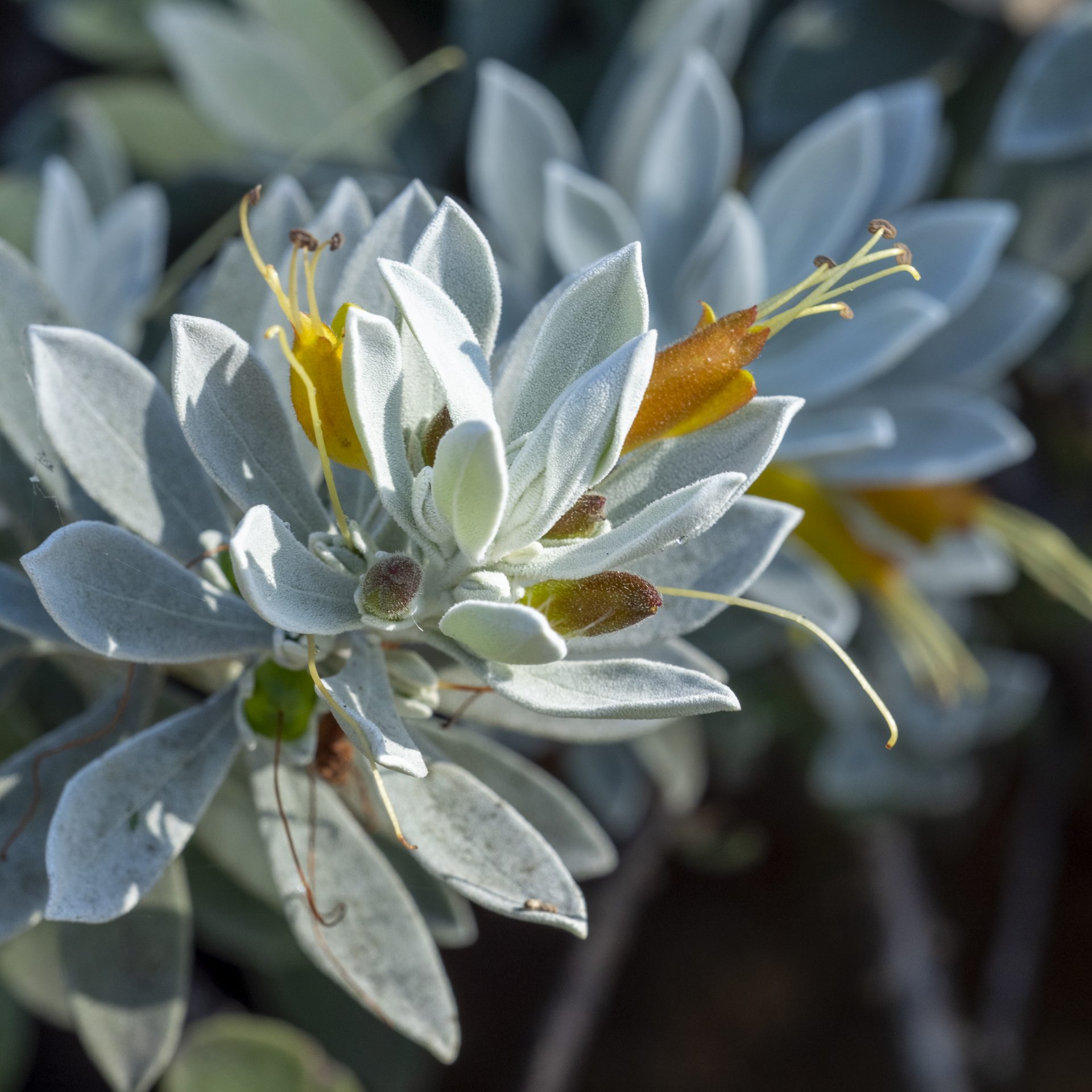
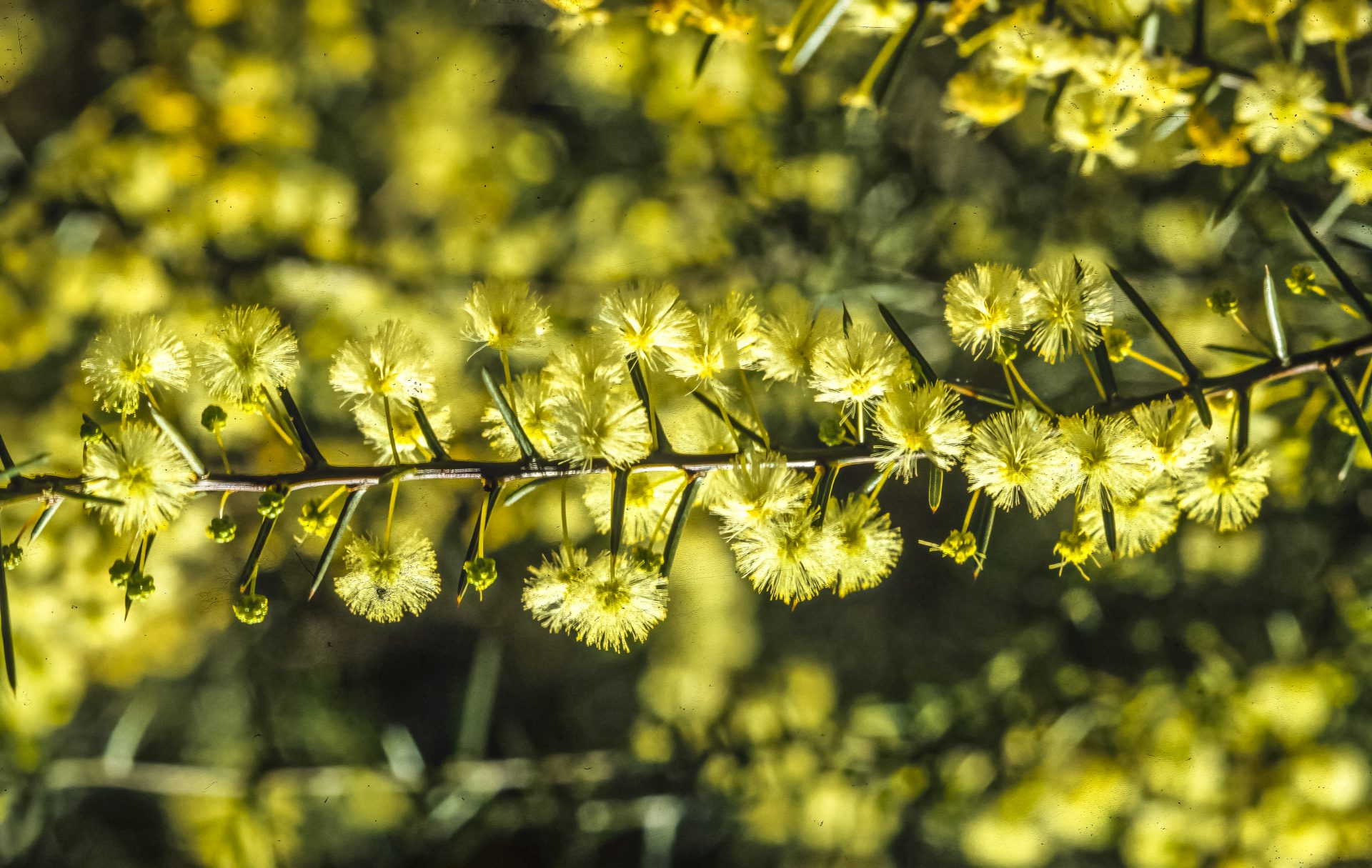
 Australian Native Plants Society (Australia)
Australian Native Plants Society (Australia)